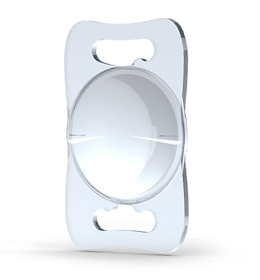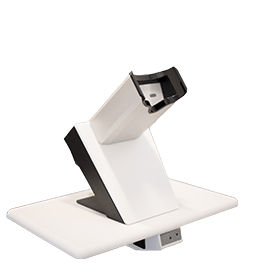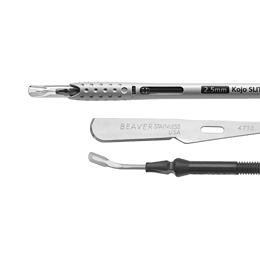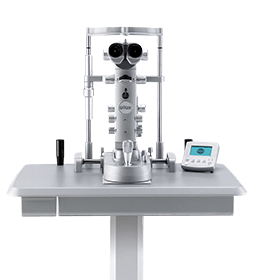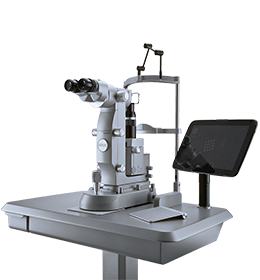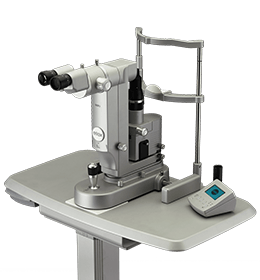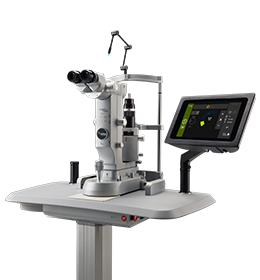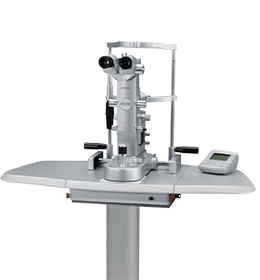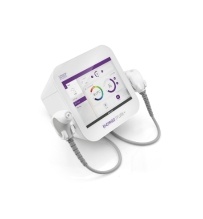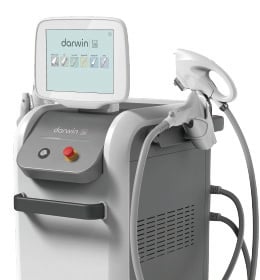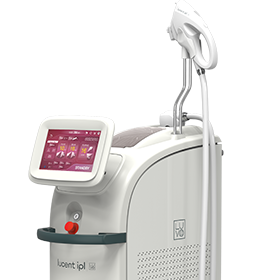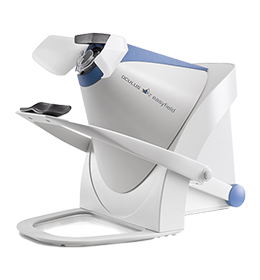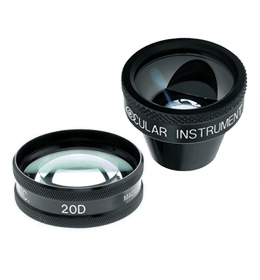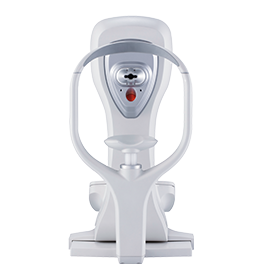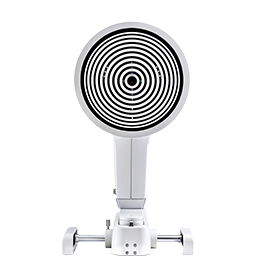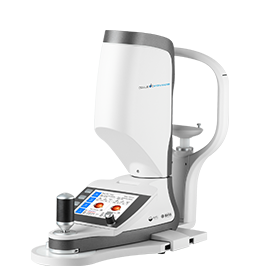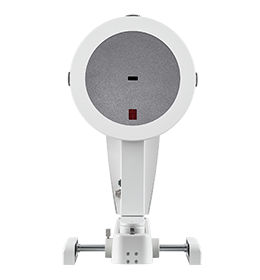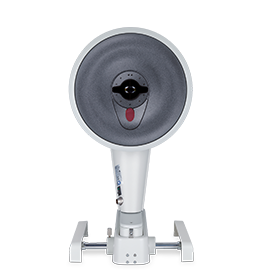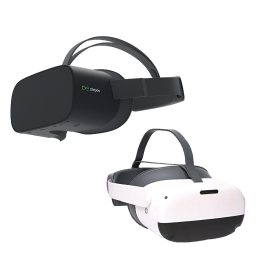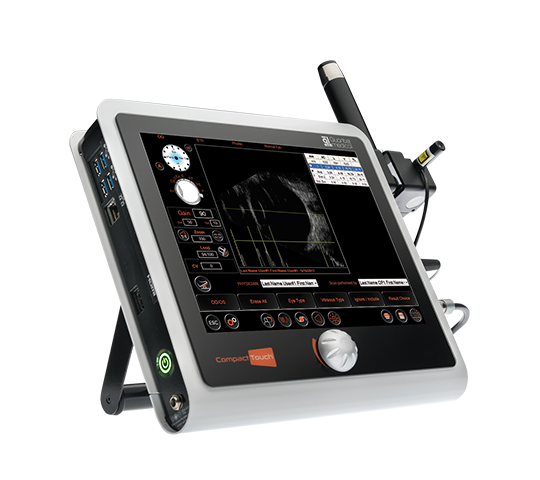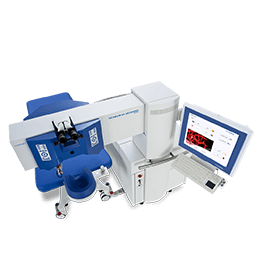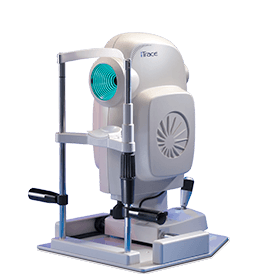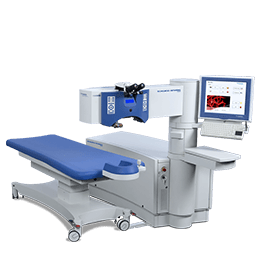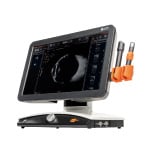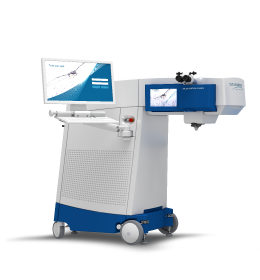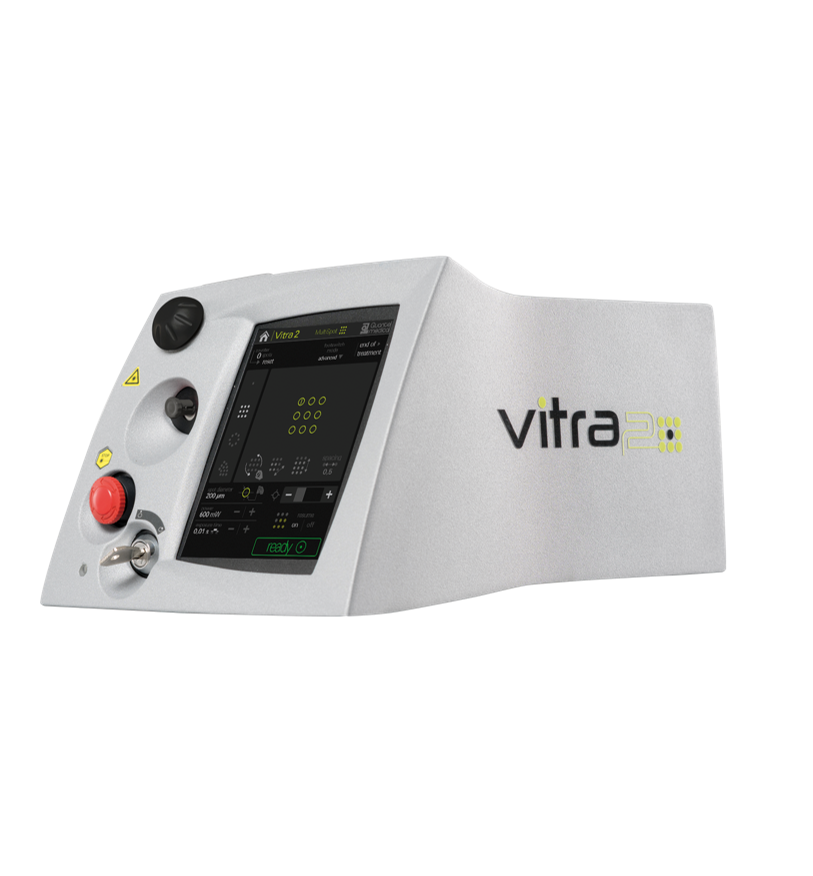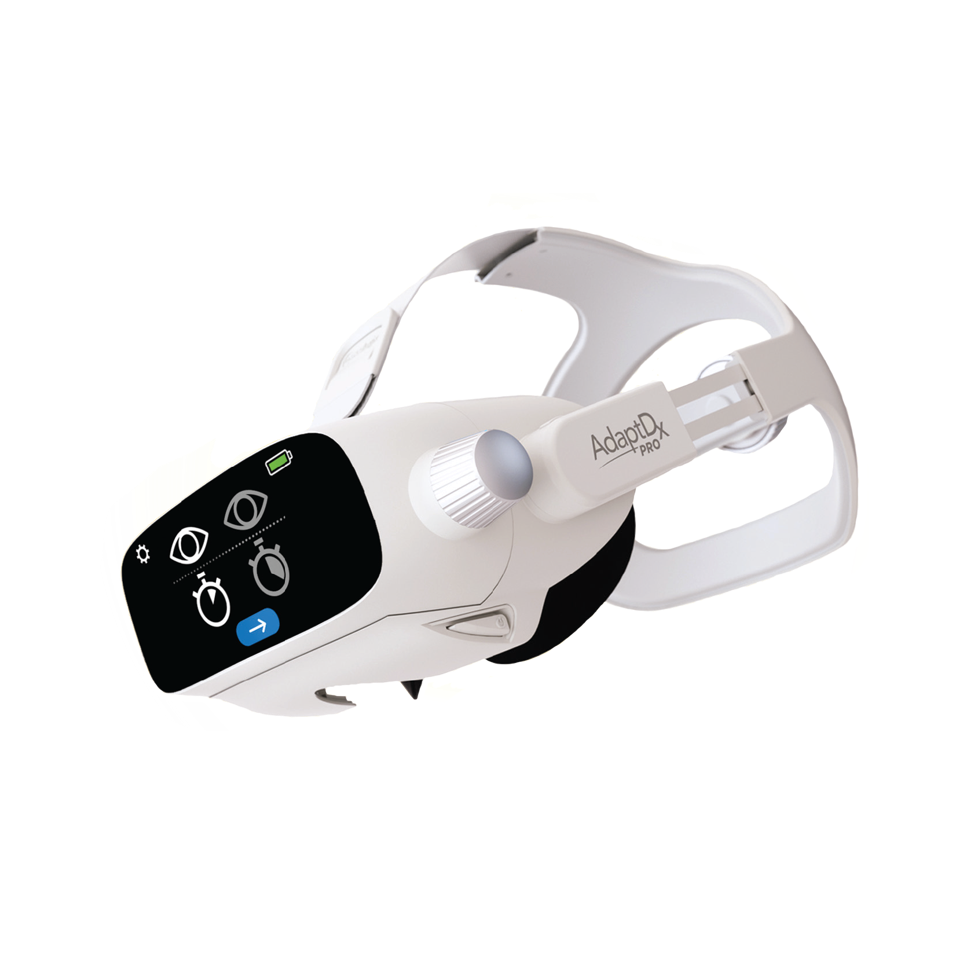Teleon’s innovative line of progressive optic rotationally asymmetric lenses features a unique approach to multifocal lens technology. Based on the refractive principles these IOLs stand out for their innovative sector shaped near vision segment characterized by a seamless single transition zone between the near and far vision zones.
View Related ProductsTeleon LENTIS Progressive Optics IOLs
Discover the possibilities of modern eye surgery
The Future is Progressive Optics
-
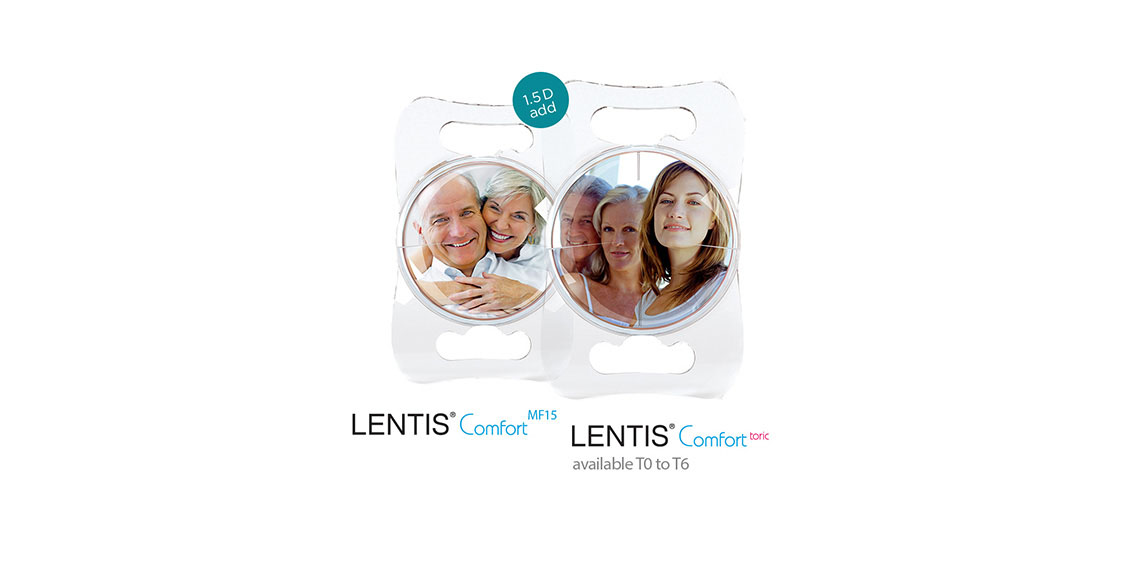
Teleon LENTIS Comfort EDOF IOLs
Bridging the gap between standard monofocal and premium refractive IOLs, the LENTIS Comfort and Comfort Toric offer both good intermediate vision as well as distance vision. This is especially important to cataract patients who want greater spectacle independence in everyday situations, such as using the computer and driving.
-
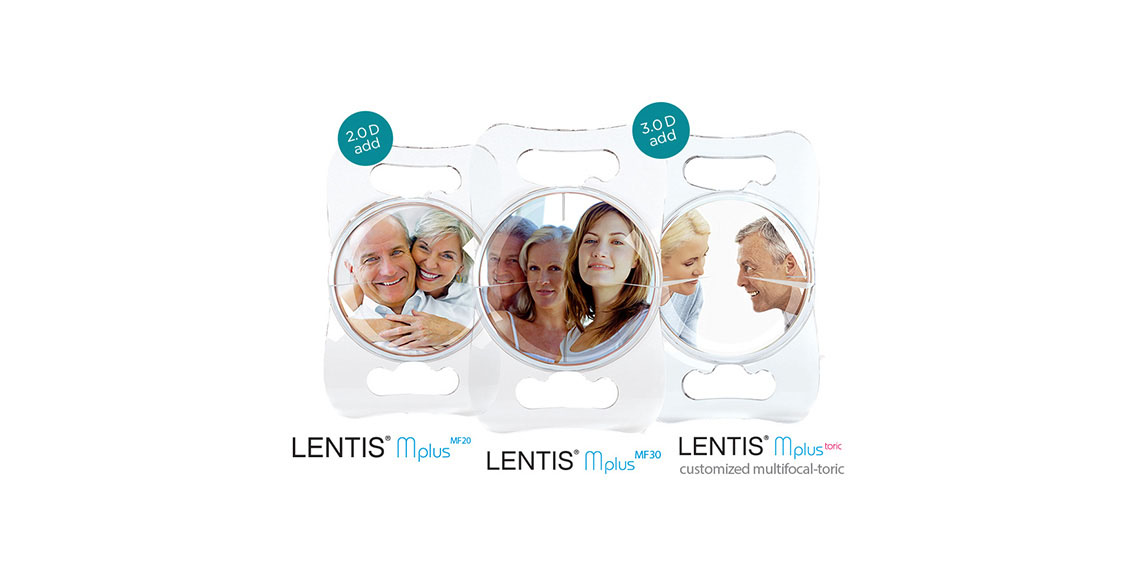
Teleon LENTIS Mplus Full Range of Vision IOLs
The Mplus family of premium refractive IOLs have revolutionized the multifocal IOL market, providing presbyopic correction with optimized spectacle independence. The Mplus family of lenses cover distance, intermediate and near vision with varying dominance based on your patients needs. Included in this line of lenses is a fully customized toric version that is tailored made for each patient which allows it to compensate for all forms of corneal irregularities.
-
"With more than 95% light transmission, the Comfort can be implanted confidently and results in great distance and intermediate vision with functional near vision and very few complaints compared to the competition."
-
"Three years ago I would have only considered a monofocal lens for my own eyes, but if I was considering surgery right now this is the lens I would have myself."
-
"My results were so good that I moved to implanting only this lens, without particular discrimination in terms of patient selection."
-
"I use the Comfort IOL because it gives my patients a good quality range and clarity of vision without glare or halos. My results are consistent, and I am confident when recommending this lens to my patients."
-
"I think that what we have to remember is that diffractive multifocal lenses have been available for 20 years, with a typical energy loss of approximately 20%. If we compare this to 7% (with the Mplus), the difference is not the 14% or 15% we showed in our study—the difference is a 66% less loss of energy. I think if you look at it from this perspective, then you can understand the big difference between this and other multifocal IOLs."
-

Quality of Vision, Patient Satisfaction & Long-term Visual Function After Bilateral Implantation of a Low Addition Multifocal Intraocular Lens
Access -

The Refractive Outcome of Toric Lentis Mplus Implant in Cataract Surgery
Access -
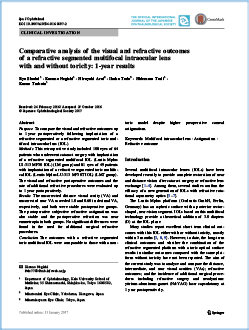
Comparative Analysis of the Visual and Refractive Outcomes of a Refractive Segmented Multifocal Intraocular Lens with and without Toricity: 1-Year Results
Access -
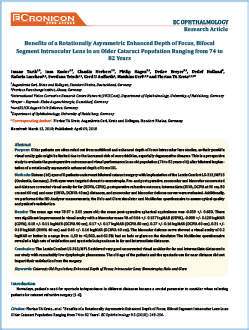
Benefits of a Rotationally Asymmetric Enhanced Depth of Focus, Bifocal Segment Intraocular Lens in an Older Cataract Population Ranging from 74 to 82 Years
Access -
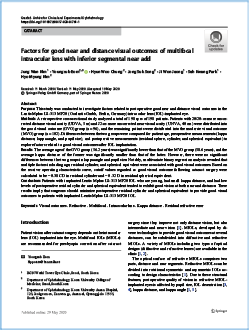
Factors for Good Near and Distance Visual Outcomes of Multifocal Intraocular Lens with Inferior Segmental Near Add
Access -
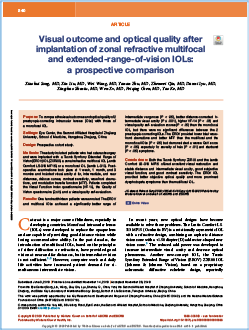
Visual Outcome and Optical Quality After Implantation of Zonal Refractive Multifocal and Extended-Range-of-Vision IOLs: A Prospective Comparison
Access -

Quality of Vision, Patient Satisfaction and Long-term Visual Function After Bilateral Implantation of a Low Addition Multifocal Intraocular Lens
Access -
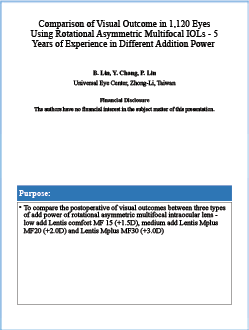
Comparison of Visual Outcome in 1,120 Eyes Using Rotational Asymmetric Multifocal IOLs - 5 Years of Experience in Different Addition Power
Access







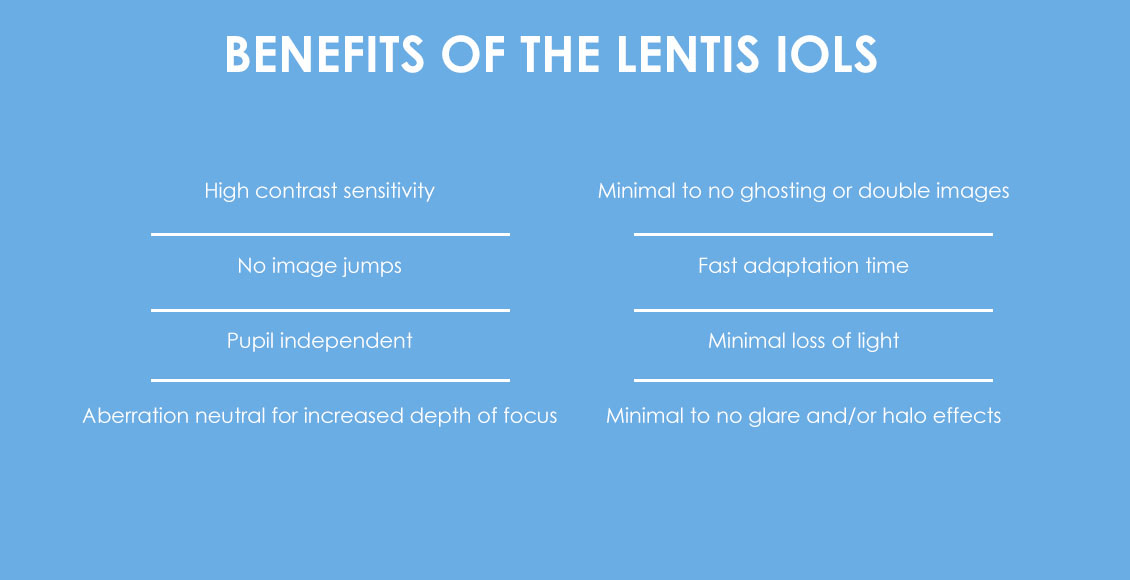
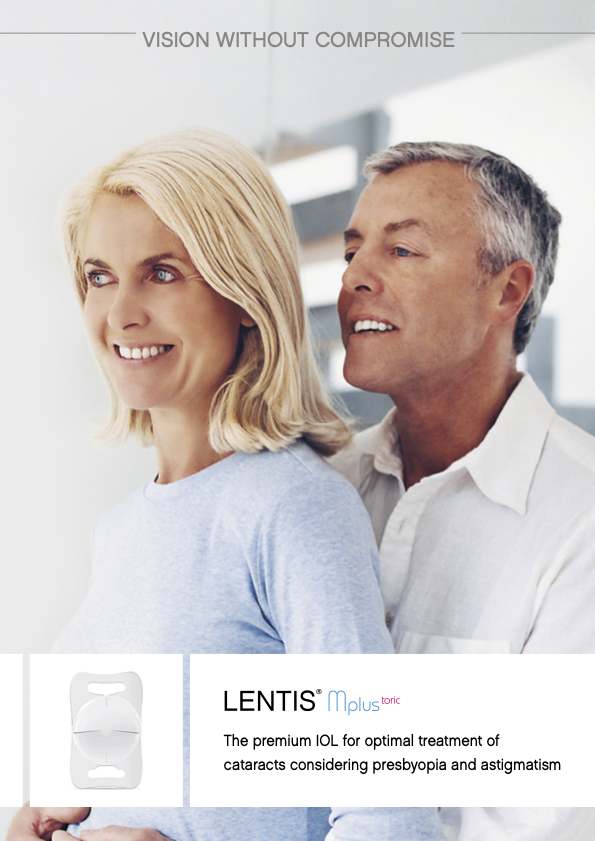

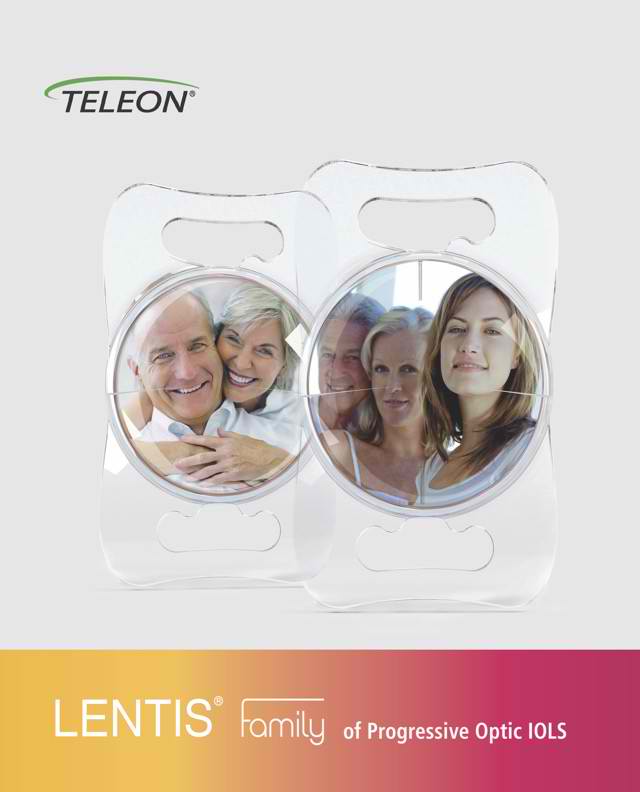
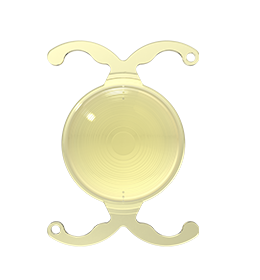
.png)
